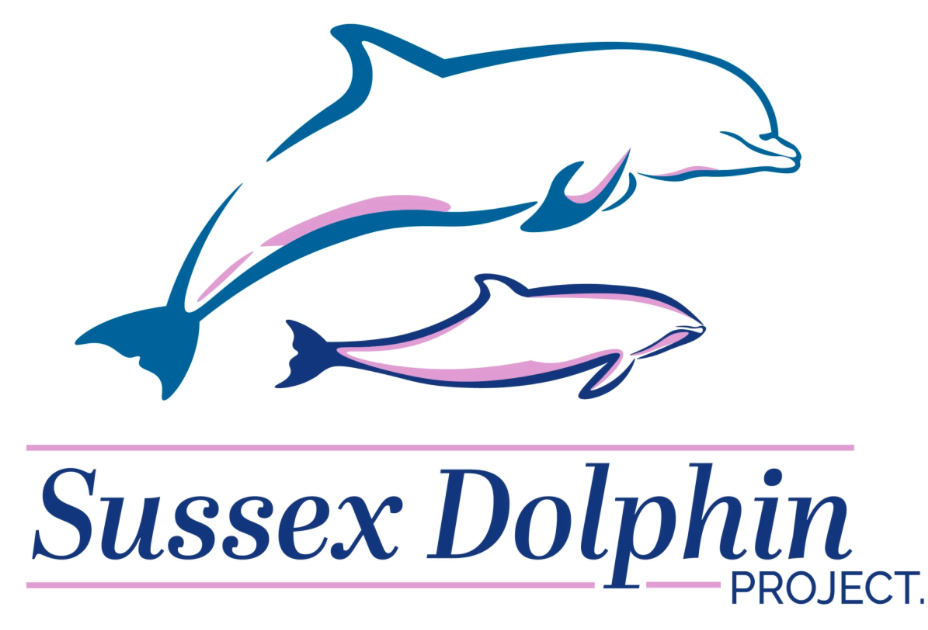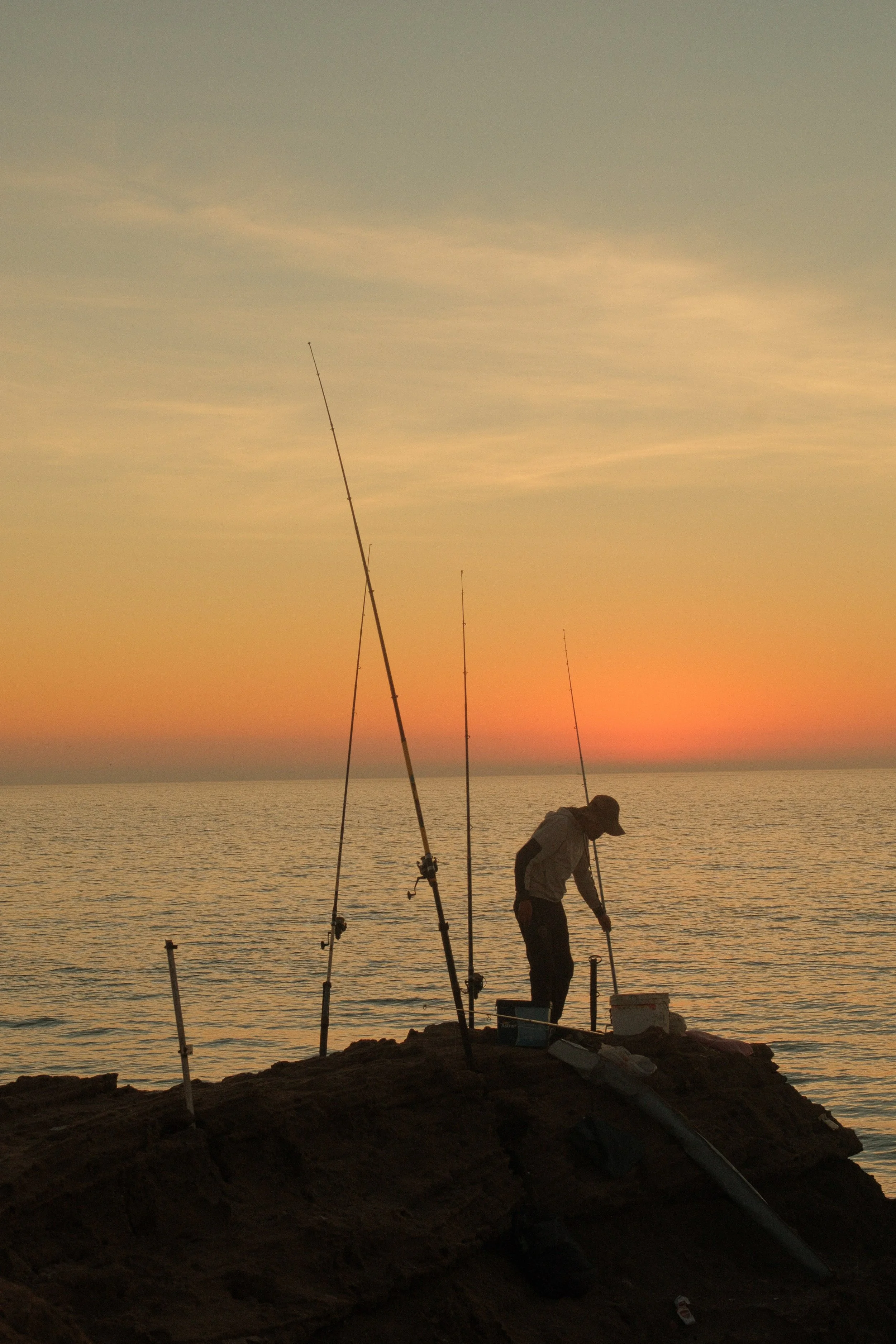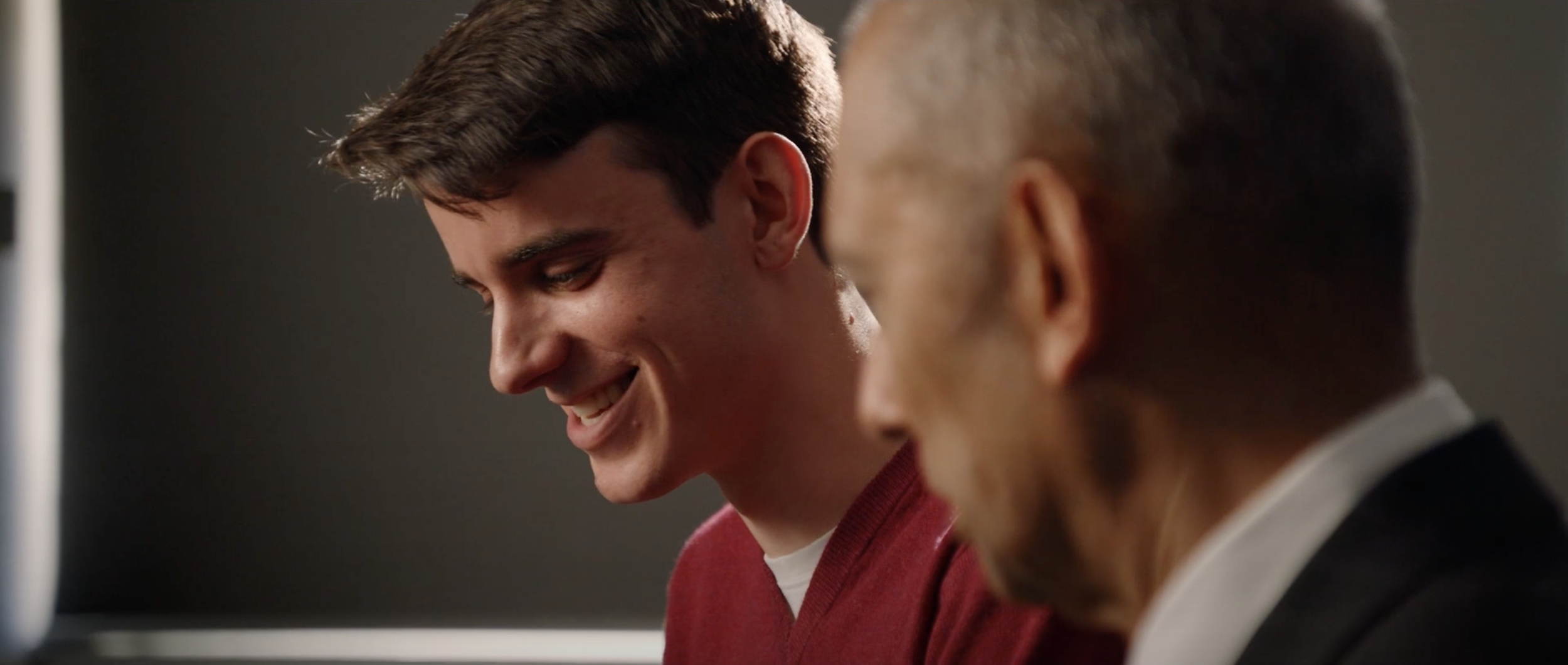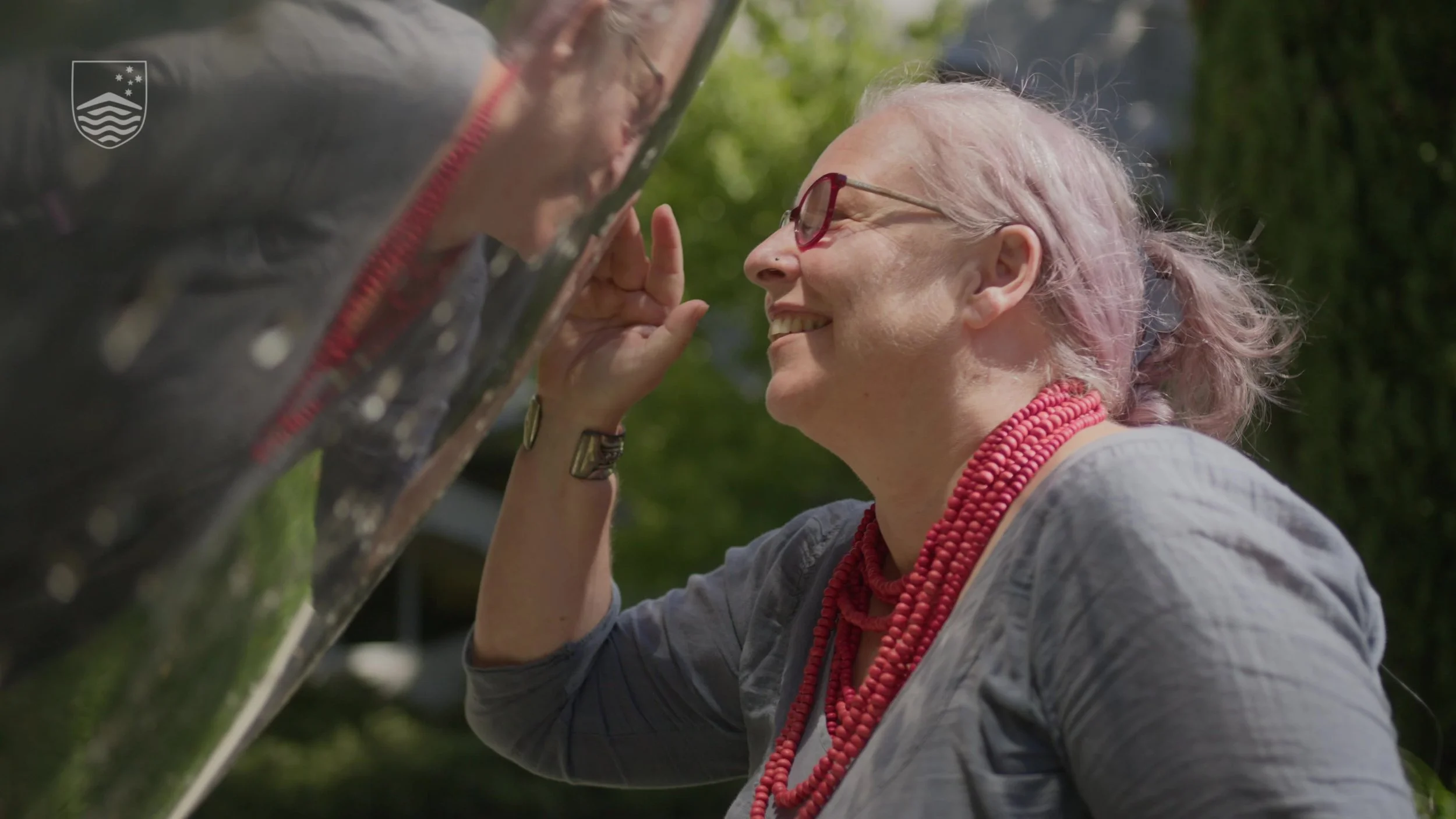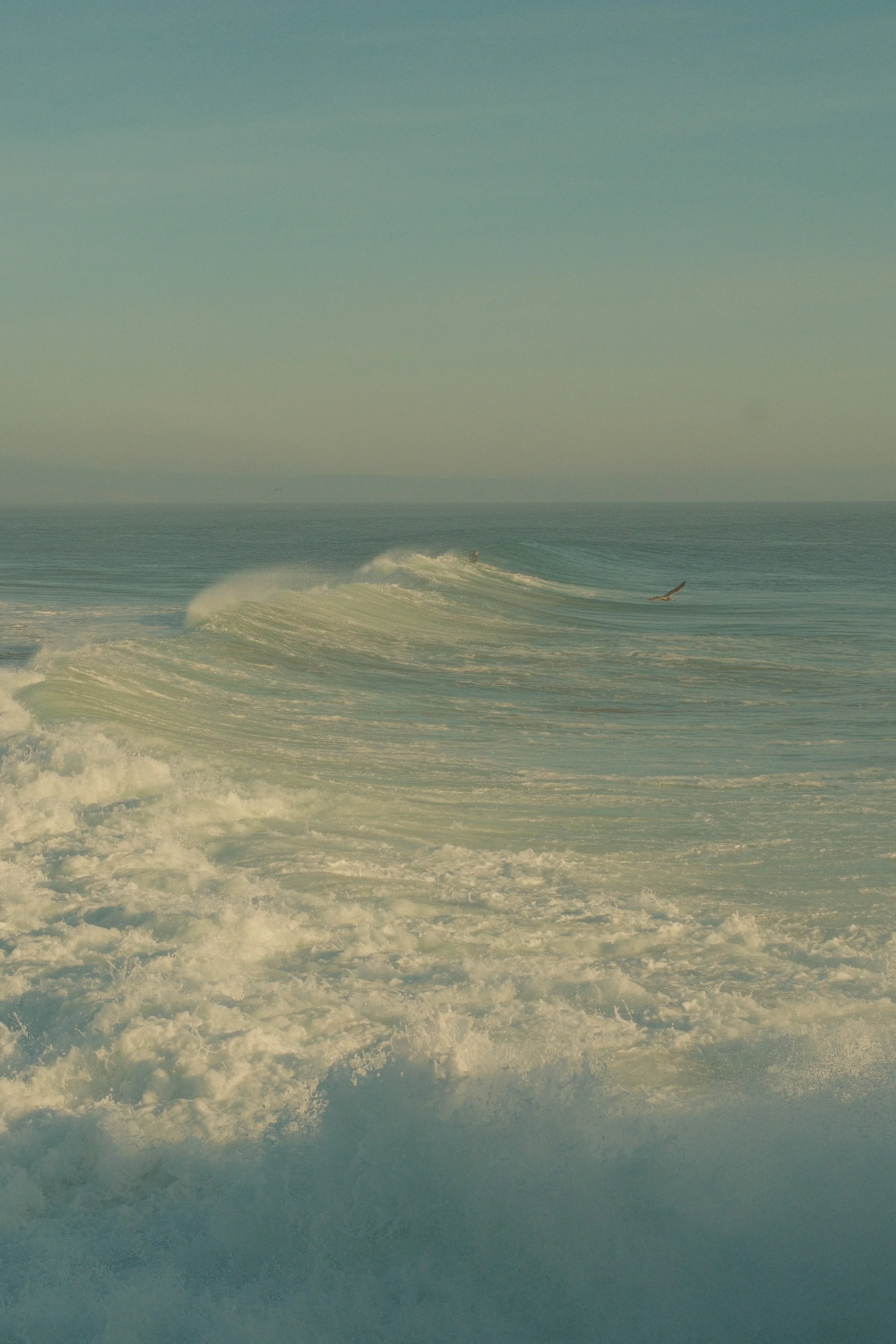
VIDEO CONTENT PROPOSAL.
Presented for

The Sussex Dolphin Project is on a mission to address the critical issue of dolphin bycatch in UK waters, a problem exacerbated by the presence of giant factory ships, known as supertrawlers. These vessels, trawling the waters around the UK, are responsible for the deaths of hundreds of dolphins annually. Despite legislation requiring vessels to report marine mammal bycatch within 48 hours to the Marine Management Organisation (MMO), a Freedom of Information request has revealed that no such data exists. This lack of accountability allows the continued, needless loss of dolphin and other marine animal lives.
The "Dolphins aren’t Discard" campaign aims to:
Raise awareness about the bycatch issue and its devastating impact on dolphin populations.
Advocate for the implementation and enforcement of effective bycatch reduction measures.
Support policy changes to enhance marine mammal protection.
Increase funding to expand research and conservation efforts, ensuring the continued success of projects like the IMMA designation in South England.
MISSION.

PURPOSE.
The purpose of this video project is two-fold, targeting both potential donors and the general public to support and raise awareness for the Sussex Dolphin Project and "Dolphins aren’t Discard" campaign.
For Donors: The primary objective is to secure increased funding for the Sussex Dolphin Project, including through donors and strategic partnerships with corporate entities. This campaign highlights the critical work being done to protect dolphins and other marine wildlife in UK waters. By showcasing the tangible impacts of donations, such as the recent designation of an Important Marine Mammal Area (IMMA) in the South England region, we aim to demonstrate how financial support directly contributes to meaningful conservation outcomes. The video will feature inspirational stories of success and progress, underlining the significance of donor contributions in driving these achievements.
For the Public: The secondary objective is to educate the public through social media content. The videos seek to raise awareness about the devastating impact of bycatch on dolphin populations, particularly the threat posed by supertrawlers operating around the UK. By presenting compelling visuals and narratives, the videos will highlight the urgency of the issue, the efforts of the Sussex Dolphin Project, and the importance of community involvement. The public will be encouraged to take action through volunteering, spreading awareness, and supporting policy changes to protect marine habitats.
We want to take your mission to the next level.
Our video campaign aims to tackle the urgent issue of dolphin bycatch in UK waters through compelling storytelling and strategic social media engagement. For donors, the video will highlight the impact of their contributions by showcasing inspirational stories, such as the designation of an Important Marine Mammal Area (IMMA) in South England. This significant achievement within just a few years underscores how donor support drives critical research and conservation efforts. The video will also feature dedicated volunteers, research breakthroughs, and community outreach efforts, illustrating the comprehensive impact of the project.
On social media, we propose an initial series of five bite-sized videos to raise public awareness. Each 30-second video will focus on different aspects of the project, including volunteer work, research, sustainable fishing practices, and success stories like the IMMA designation. These videos will deliver clear, engaging messages that encourage public involvement and support. By combining in-depth donor-focused content with engaging social media material, the campaign aims to build a broad base of support, emphasising the importance of protecting dolphin populations and the critical role of both donations and community participation in achieving this goal.
During the campaign filming, we'll also create a video library by capturing extensive footage of dolphins (potentially), research, and volunteer activities. This library will enable us to produce ongoing social media content, keeping your audience engaged and informed. By having a rich repository of high-quality visuals, the Sussex Dolphin Project can continuously showcase its efforts, share updates, and respond to new conservation challenges, ensuring sustained interest and support for your mission.
CONCEPT.

The donor-focused portion of the project will highlight key success stories that demonstrate the impact of their contributions. This will emphasise the tangible benefits of supporting the Sussex Dolphin Project and inspire continued and increased donations.
Key Inspirational Story: The IMMA Designation
Narrative: In just a few years, the Sussex Dolphin Project's research and advocacy efforts have led to the designation of an Important Marine Mammal Area (IMMA) in the South England region. Prior to this recognition, the area's marine life was largely overlooked. Now, it has gained global importance, resulting in better protection measures for dolphins and other marine mammals.
Impact: This story showcases the direct impact of donations, illustrating how financial support has enabled critical research and advocacy that resulted in significant conservation achievements.
Visuals: Include footage of the designated IMMA, dolphins in their natural habitat, interviews with researchers and conservationists, and before-and-after comparisons highlighting the progress made.
Additional Stories and Elements:
Volunteer Efforts: Highlight the dedicated volunteers who support research and conservation activities. Show how their work contributes to the project's success and how donor funding helps train and equip these volunteers.
Innovative Research: Feature breakthroughs in research funded by donations, such as new methods for tracking dolphin populations or studying their behavior.
Community Engagement: Showcase community outreach programs that educate the public about marine conservation, supported by donor contributions.
APPROACH.
To raise public awareness and engage a wider audience, we propose creating an initial series of five bite-sized videos, each about 30 seconds long. These videos will focus on different aspects of the Sussex Dolphin Project's work and the importance of marine conservation.
Video Series Breakdown:
Introduction to the Sussex Dolphin Project
Content: Brief overview of the project's mission and goals.
Visuals: Footage of dolphins, project team members, and key activities.
Volunteer Work
Content: Highlight the contributions of volunteers and the various tasks they undertake.
Visuals: Volunteers in action—cleaning beaches, conducting surveys, research on the beach.
Research Initiatives
Content: Showcase current research projects and their significance in dolphin conservation.
Visuals: Researchers in the field, data collection, and analysis.
Impact of Sustainable Fishing
Content: Discuss the importance of sustainable fishing practices and their impact on reducing bycatch.
Visuals: Interviews with local fishermen adopting sustainable practices, dolphins swimming freely.
Success Stories and Achievements
Content: Highlight major successes like the IMMA designation and other key milestones.
Visuals: Celebratory moments, interviews with team members, and scenic shots of protected areas.
Inspiring
Educational
Emotive
Educational
Impactful
Visual
Authentic
Compelling
STYLE.

REFERENCES.
This award-winning video (left), which I produced prior to founding twothirtyfive, is an example of crafting impactful narratives for donor-targeted campaigns. Originally produced for the Australian National University's 'Support Australia’s Students' campaign and recognised with the 2020 Circle of Excellence Silver Award, it shows how storytelling can resonate deeply with audiences. Its success underscores our proven ability to create compelling donor-focused videos that drive engagement and inspire action.
FILMING SCHEDULE.
DAY ONE: Seven Sisters
-
90mins | Location 1
-
30mins | Location 1
-
15mins | Location 1
-
30mins | Location 1
-
15mins | Location 1
-
30mins | Location 1
-
60mins | Location 1
-
180mins | Location 2
Volunteers conducting clean-ups, surveys, and research
Scenic views of the cliffs and coastline
Local wildlife and plant life
Sustainable fishing, boats, harbor activities, and marine life
Interactions between project team members and the public / volunteers
Dolphin sightings (if possible)
DAY THREE: Plymouth University
-
90mins | Location 1
-
30mins | Location 1
-
30mins | Location 1
-
120mins | Location 1
University Labs: Research labs, marine biology equipment
Researchers: Researchers at work, discussions, and activities
Marine Research: Fieldwork, data analysis, and equipment in use
DAY TWO: Brighton
-
90mins | Location 1
-
30mins | Location 1
-
15mins | Location 1
-
30mins | Location 1
-
15mins | Location 1
-
30mins | Location 1
-
60mins | Location 1
-
180mins | Location 2
Volunteers conducting clean-ups, surveys, and research
Scenic views of the cliffs and coastline
Local wildlife and plant life
Sustainable fishing, boats, harbor activities, and marine life
Interactions between project team members and the public / volunteers
Dolphin sightings (if possible)

“My team and I are genuinely impressed with your work. It’s truly beautiful & you’ve done an excellent job.”
- ACT Historic Places
THANK YOU.
Presented by Jessica Seignarack
Founder | Producer
email
jessica@twothirtyfive.co.uk
telephone
07438 561391
QUOTATION.
Copyright © 2024 twothirtyfive. All rights reserved.
Images and ideas presented herein are the exclusive property of twothirtyfive and may not be reproduced or used without permission.

